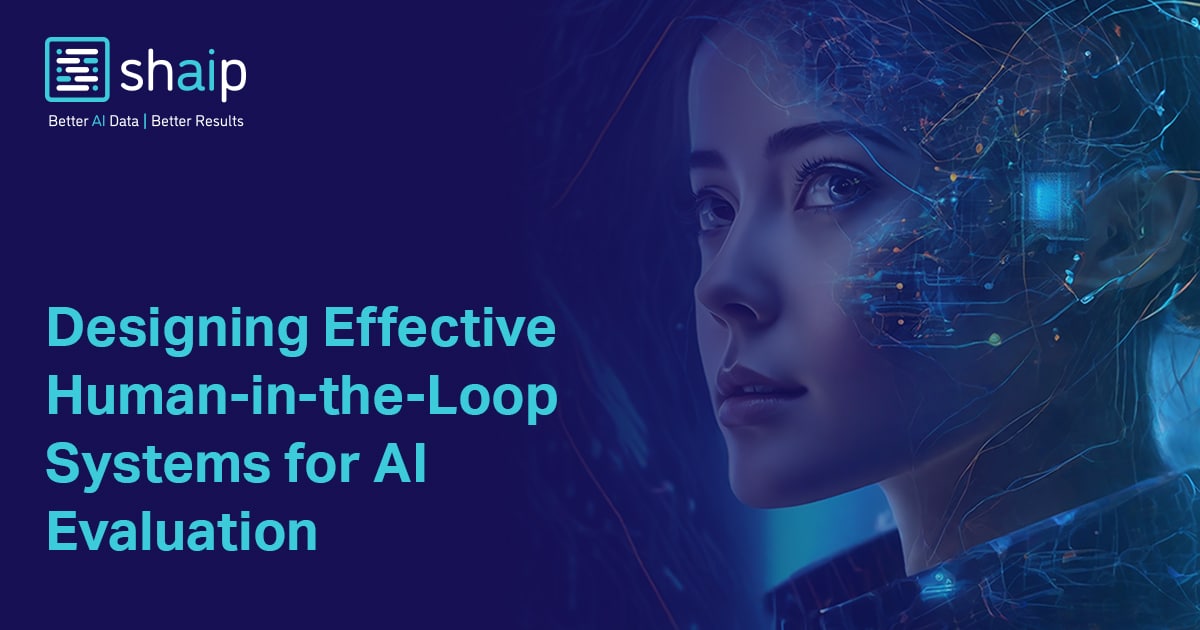
Success Stories
Success Story 1: Enhancing Language Translation AI with Linguist Insights
Background: A leading technology company developed an AI-powered language translation tool. While highly accurate in common languages, it struggled with accuracy in less widely spoken or highly contextual languages.
Implementation: To address this, the company designed a human-in-the-loop system where native speakers and linguists could provide feedback on translation quality. This feedback was directly used to refine the AI’s learning algorithms, focusing on nuances, idioms, and cultural contexts that were previously challenging for the AI to grasp.
Outcome: The translation tool saw a marked improvement in accuracy and fluency across a broader range of languages, significantly enhancing user satisfaction. The success of this approach not only improved the tool’s performance but also highlighted the value of human expertise in teaching AI to understand complex, nuanced human languages.
Success Story 2: Improving E-commerce Recommendations
Background: An e-commerce giant noticed that its AI-driven product recommendation system was not effectively capturing user preferences, leading to a drop in customer satisfaction and sales.
Implementation: The company introduced a human-in-the-loop feedback mechanism, allowing customers to provide direct feedback on the relevance of recommended products. A team of data analysts and consumer behavior experts reviewed this feedback to identify patterns and biases in the recommendation algorithm.
Outcome: Incorporating human feedback led to a more personalized and accurate recommendation system, significantly increasing user engagement and sales. This approach also provided the added benefit of uncovering new consumer trends and preferences, allowing the company to stay ahead of market demands.
Success Story 3: Advancing Medical Diagnostic AI with Doctor-Patient Feedback Loops
Background: A healthcare startup developed an AI system to diagnose skin conditions from images. While promising, initial tests showed variable accuracy across different skin tones.
Implementation: To enhance the system’s inclusivity and accuracy, the startup established a feedback loop involving dermatologists and patients from diverse backgrounds. This feedback was critical in adjusting the AI’s algorithms to better recognize a wider variety of skin conditions across all skin tones.
Outcome: The AI system’s diagnostic accuracy improved dramatically, making it a valuable tool for dermatologists worldwide. The success of this human-in-the-loop approach not only advanced medical AI but also emphasized the importance of diversity and inclusivity in healthcare technology.
Success Story 4: Streamlining Legal Document Analysis with Expert Input
Background: A legal tech company developed an AI tool to help lawyers and paralegals sift through vast amounts of legal documents to find relevant information quickly. However, early users found that the tool sometimes missed crucial nuances in legal texts.
Implementation: The company implemented a human-in-the-loop system where legal experts could flag instances where the AI missed or misinterpreted information. This feedback was used to refine the AI’s understanding of legal language and context.
Outcome: The AI tool’s performance improved significantly, becoming an indispensable asset for legal professionals. The system not only saved time but also increased the accuracy of legal research, demonstrating the potential for human-in-the-loop systems to enhance precision in specialized fields.
These success stories exemplify the transformative power of human-in-the-loop systems in refining AI evaluations across various sectors. By leveraging human expertise and feedback, organizations can overcome the limitations of AI alone, leading to more accurate, inclusive, and effective solutions.
Conclusion
Effective human-in-the-loop systems represent a symbiotic partnership between human intelligence and artificial intelligence. By designing these systems with attention to the role of human evaluators, diversity, clear evaluation guidelines, scalable feedback mechanisms, and a commitment to continuous learning, organizations can unlock the full potential of AI technologies. This collaborative approach not only enhances AI model accuracy and fairness but also builds trust in AI applications across various sectors.





